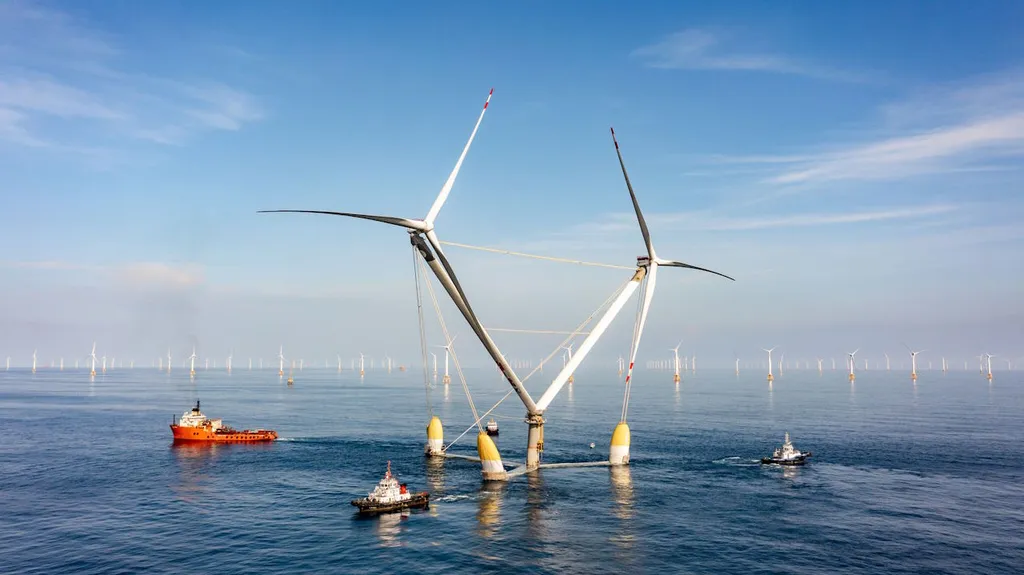China’s Ming Yang Smart Energy is shaking up the wind power sector with a pair of bold moves that could reshape offshore energy generation. The company has unveiled its new medium-speed, compact semi-direct drive product line and the OceanX platform’s 50 MW ultra-large floating wind turbine, smashing the global single-unit capacity record. This isn’t just another incremental upgrade—it’s a leap forward in scale and efficiency.
The 50 MW turbine is a marvel of engineering. Its dual-rotor configuration, where two 25 MW powertrain modules are linked on a V-shaped tower, allows for unprecedented power generation. Mounted on a floating foundation designed for waters deeper than 40 meters, this turbine isn’t just about capacity—it’s about resilience. With proven typhoon resistance, it opens up entirely new possibilities for tapping into deep-sea wind resources, areas previously considered too challenging for conventional turbines.
But Ming Yang isn’t stopping at brute force. The company has also introduced its next-generation medium-speed compact drive (MCD) product family, which promises to make wind power “more reliable, more efficient, more grid-friendly, more economical and more intelligent.” This highly integrated design reduces the number of parts, shortens nacelle length, and lowers major-component failure rates, ultimately cutting the levelized cost of energy across the full life cycle. Backed by a physics-plus-AI smart wind-farm platform, the MCD technology can predict faults in advance, sense operations holographically, and act before issues arise. This isn’t just about generating power—it’s about generating it smarter.
The implications for the maritime and energy sectors are profound. As offshore wind farms venture into deeper waters, the need for robust, high-capacity turbines becomes critical. Ming Yang’s innovations could accelerate the deployment of floating wind farms worldwide, particularly in regions with harsh weather conditions. This could lead to a surge in offshore wind projects, creating new opportunities for maritime logistics, maintenance, and support services.
Moreover, the integration of AI and predictive maintenance into wind farm operations could set a new standard for reliability and efficiency. As the maritime industry increasingly embraces digital transformation, the lessons learned from Ming Yang’s smart wind-farm platform could inspire similar advancements in vessel operations and fleet management.
Ming Yang’s commitment to innovation-led, technology-first principles is a clarion call to the industry. By pushing the boundaries of what’s possible, the company is not only driving the evolution of wind technology but also contributing to a zero-carbon future. As the world grapples with the challenges of climate change, such advancements are not just welcome—they’re essential. The question now is, who will follow Ming Yang’s lead?

